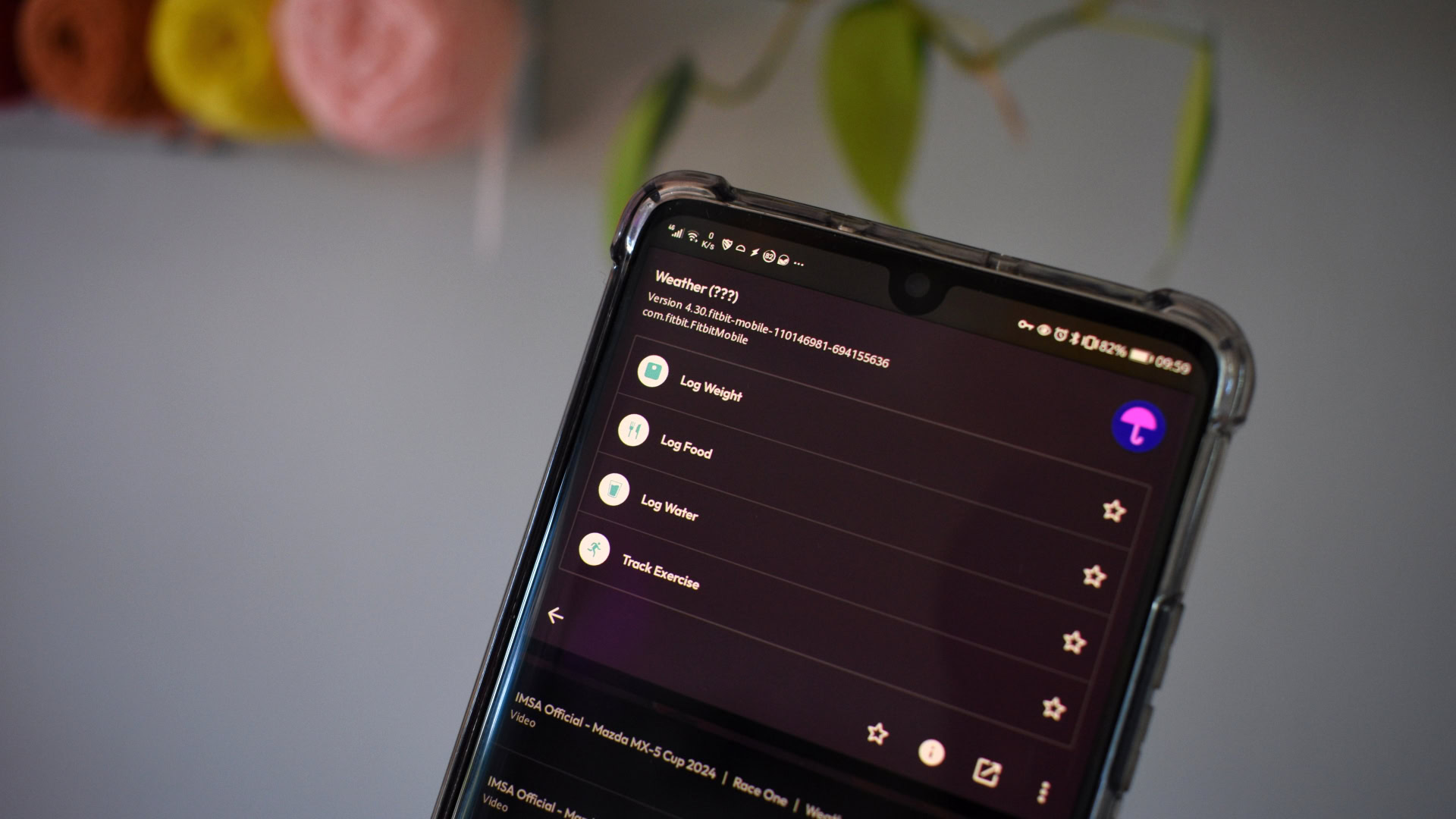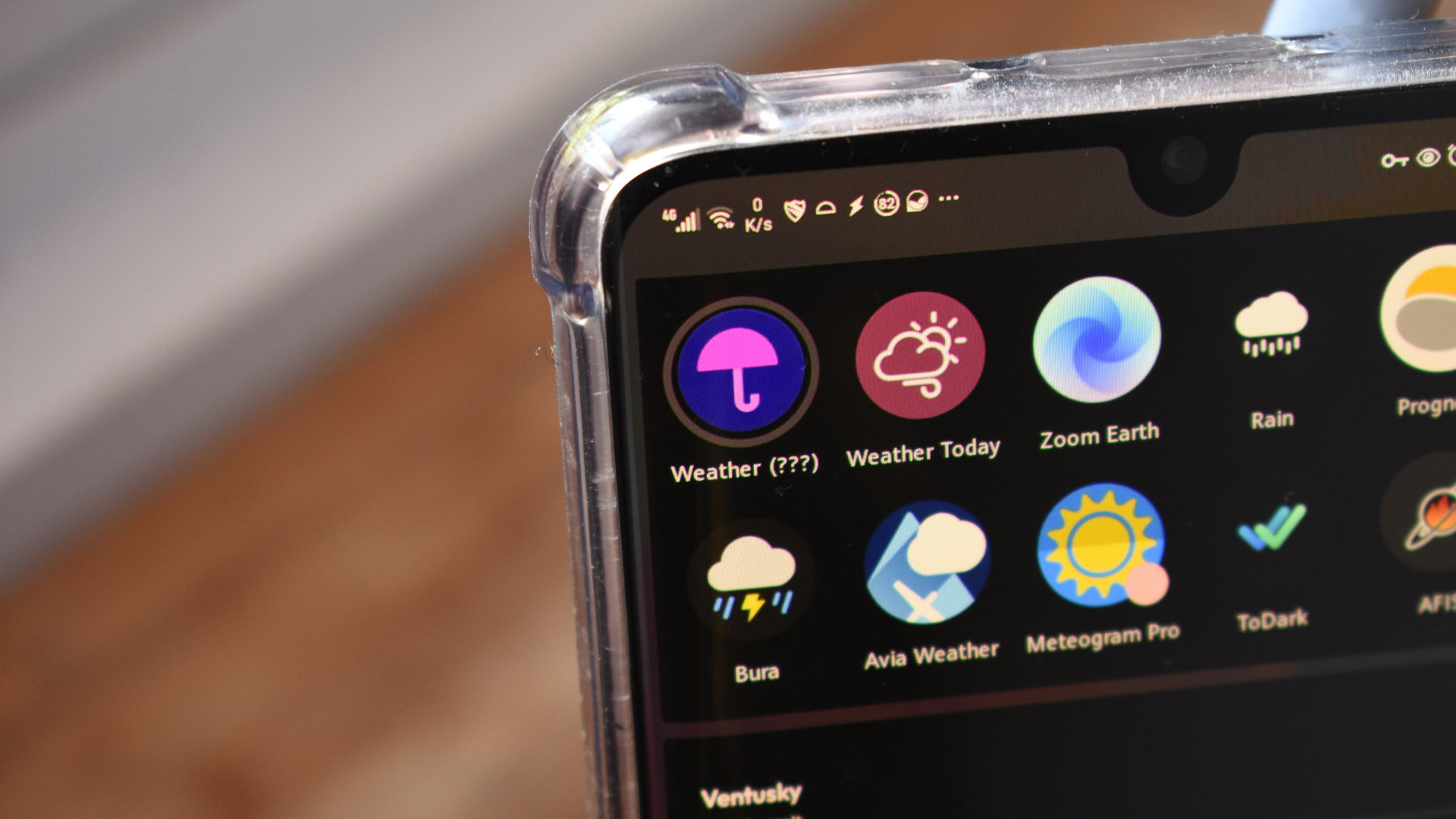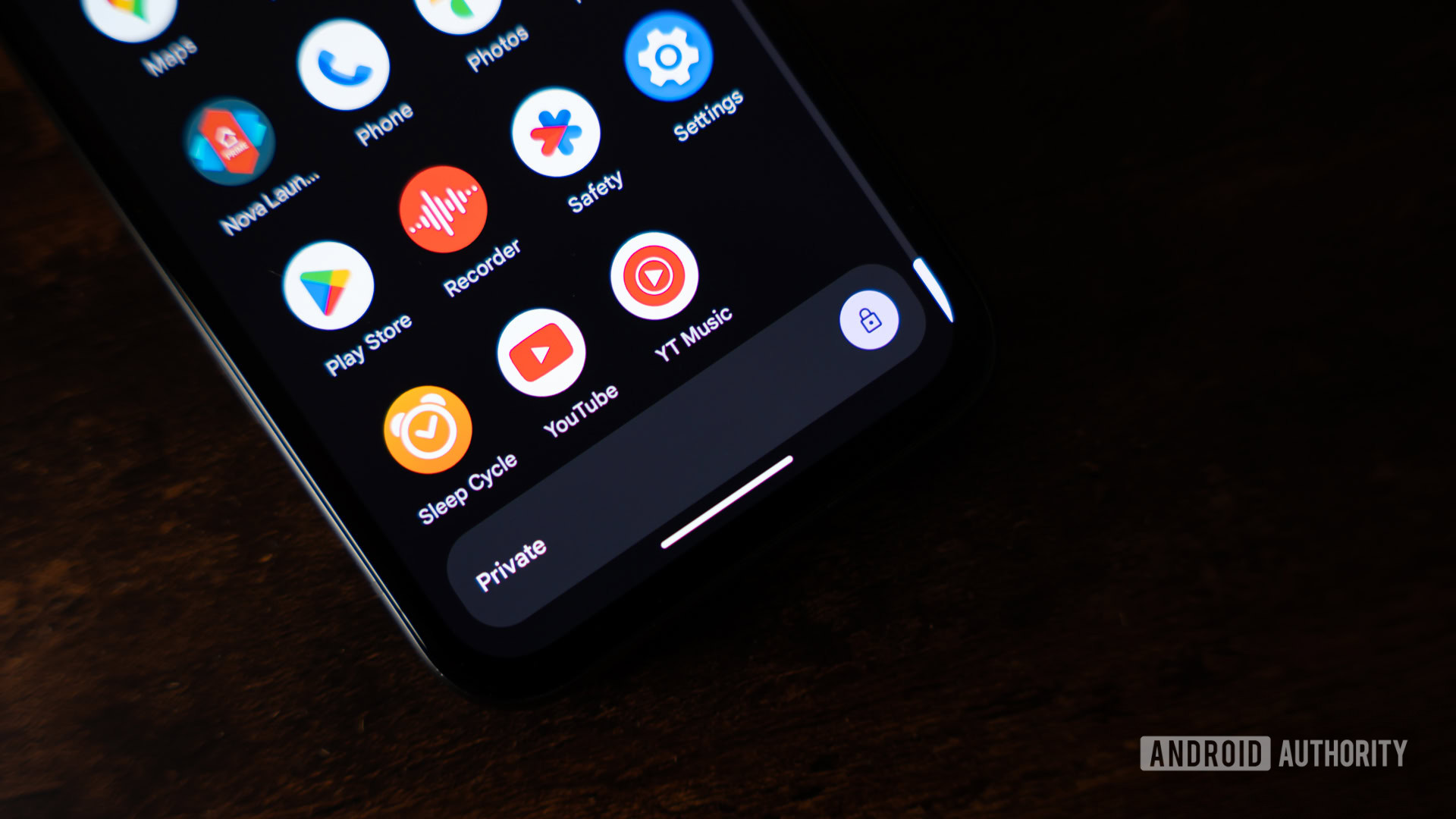Affiliate links on Android Authority may earn us a commission. Learn more.
Without Android's new Private Space, here’s how I hide my sensitive apps in plain sight
Published onNovember 29, 2024

Our smartphones are digital binders that house profoundly personal and critical data. Should you ever misplace your phone or become the victim of a snatch-and-grab, you want to ensure that this data isn’t easily accessible. To mitigate this, many people hide their apps from their app grid or home page, and I do this to some extent. However, there is another way to hide Android apps.
More recently, I’ve been experimenting with various ways to camouflage these apps, hiding them in plain sight. I stumbled across a rather silly but quite brilliant method. If you’re like me and don’t have access to Samsung’s Secure Folder or Google’s Private Space but want to keep your apps from prying eyes and sticky fingers, follow my solution below.
What is your preferred method of securing your important Android app?
Hide Android apps: What you need and how to do it

First, you’ll need to download a third-party launcher. Some popular picks include Nova Launcher, Niagara Launcher, and Lawnchair. I use Kvaesitso, so my guide will follow this particular option.
Next, you’ll need to download a third-party icon pack. There are plenty of options on the Google Play Store, both premium and free. There are other options on F-Droid, too. I enjoy theming my device, so these packs are usually applied through my launcher across any supported icons, but having an abundance of icon options is essential here. In this example, I’m using the Black Magic pack.
Finally, identify which apps you want to conceal. This could be your banking or any personal finance app, an image gallery, your notes or to-do list app, or any other. Remember which apps you’ve picked because if you don’t, you’ll hide them from yourself. Wouldn’t that be awkward?
So, how do I hide Android apps?
Right. Now that you’re prepared let’s review the process in detail.
- Find the app you want to obfuscate. For this particular example, I’m using Fitbit.
- Long-press it and wait for the dialog to appear.
- Tap the three-button menu button and select Customize.
- Next, fill in the Label field. You’ll want to use the name of a common app that doesn’t arouse suspicion. Something generic like “Weather” works well.
- Next, tap the icon to edit it. I’ll select an appropriate icon that matches the app’s new name.
- Finally, if you want another layer of security, you can also hide the app in the traditional sense. Kvaesitso lets you remove the app from the app grid, the search results, or both. Nova and other third-party launchers will have similar options.
- And that’s it. Your app is now hiding in plain sight. Can you spot it below?
Unlike setting up apps in Private Space, this solution is easy to revert. To do this, follow the steps above, but remove any customizations you’ve made. The app will return to its original identity.
This isn’t a Private Space alternative, but it’s no less useful

Of course, this method is not a Private Space or Secure Folder alternative. Those solutions lock away your apps and data behind a secondary account or a software vault, which requires authentication. This obfuscation method only gives your apps a new name and face — it’s inherently less secure.
However, I don’t want to bill it as an alternative but rather a smokescreen. Changing the icon and renaming the app isn’t a mission-critical way to safeguard your data. This method buys you valuable time in case someone beelines your banking app. In my country, at least, it’s incredibly important to ensure that these apps are not readily accessible.
This method isn't as secure as Private Space or Secure Folder, but it will buy you valuable time when you need it.
I’d be remiss if I didn’t mention this method’s other drawbacks. It’s surprisingly easy to forget what you’ve named your app and what icon you picked. I’ve found it helpful to keep these renamed apps under a similar genre, like weather, pets, etc. Additionally, anyone who knows that you employ this method on your phone will be able to figure it out. It’s a good idea to keep these details to yourself.
If you are interested in entirely securing your Android device, we have a separate and extensive guide on other methods for hiding your Android data.
Have you tried hiding your apps in this way? If so, please let us know your experiences with it and any other security steps you implement on your device.